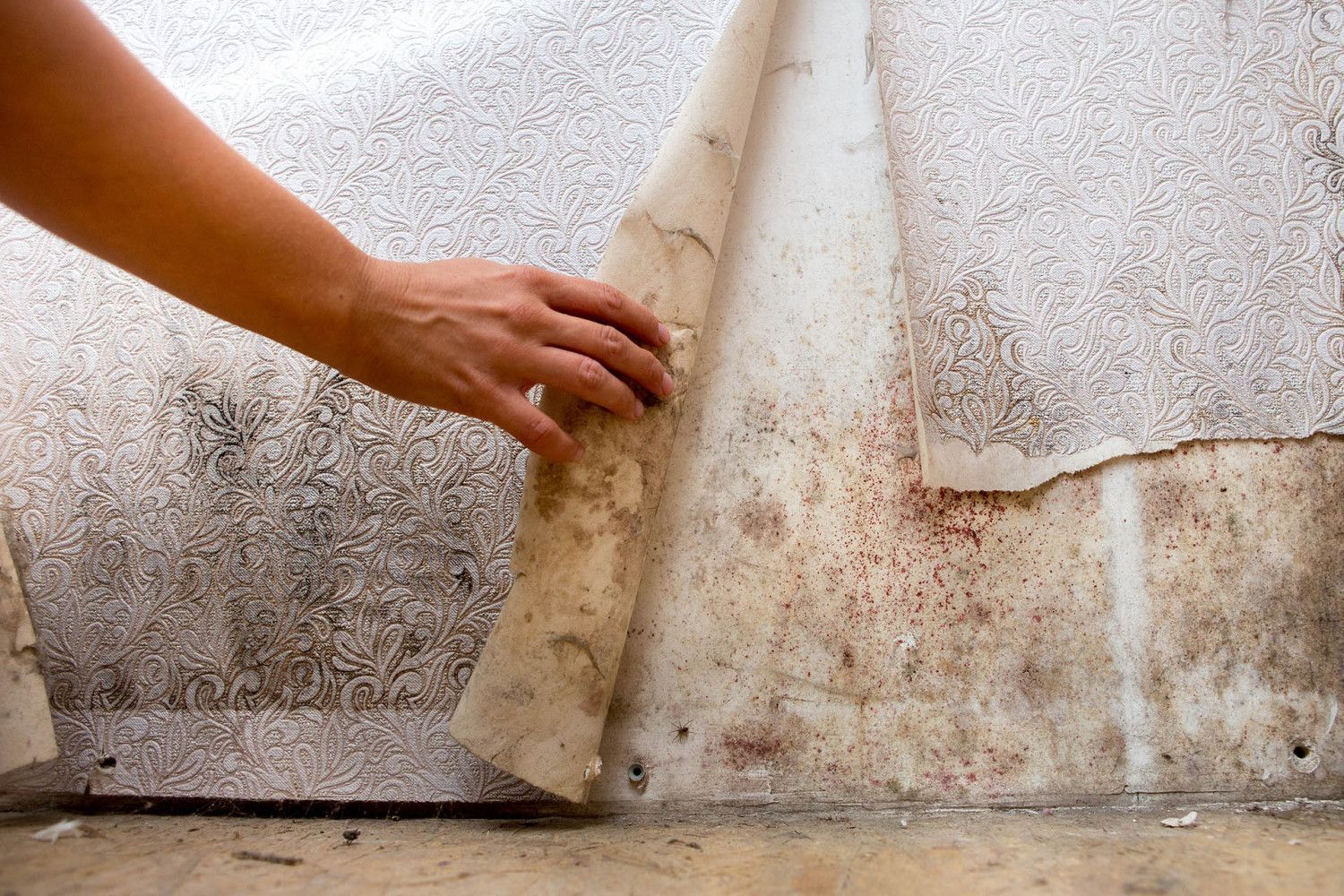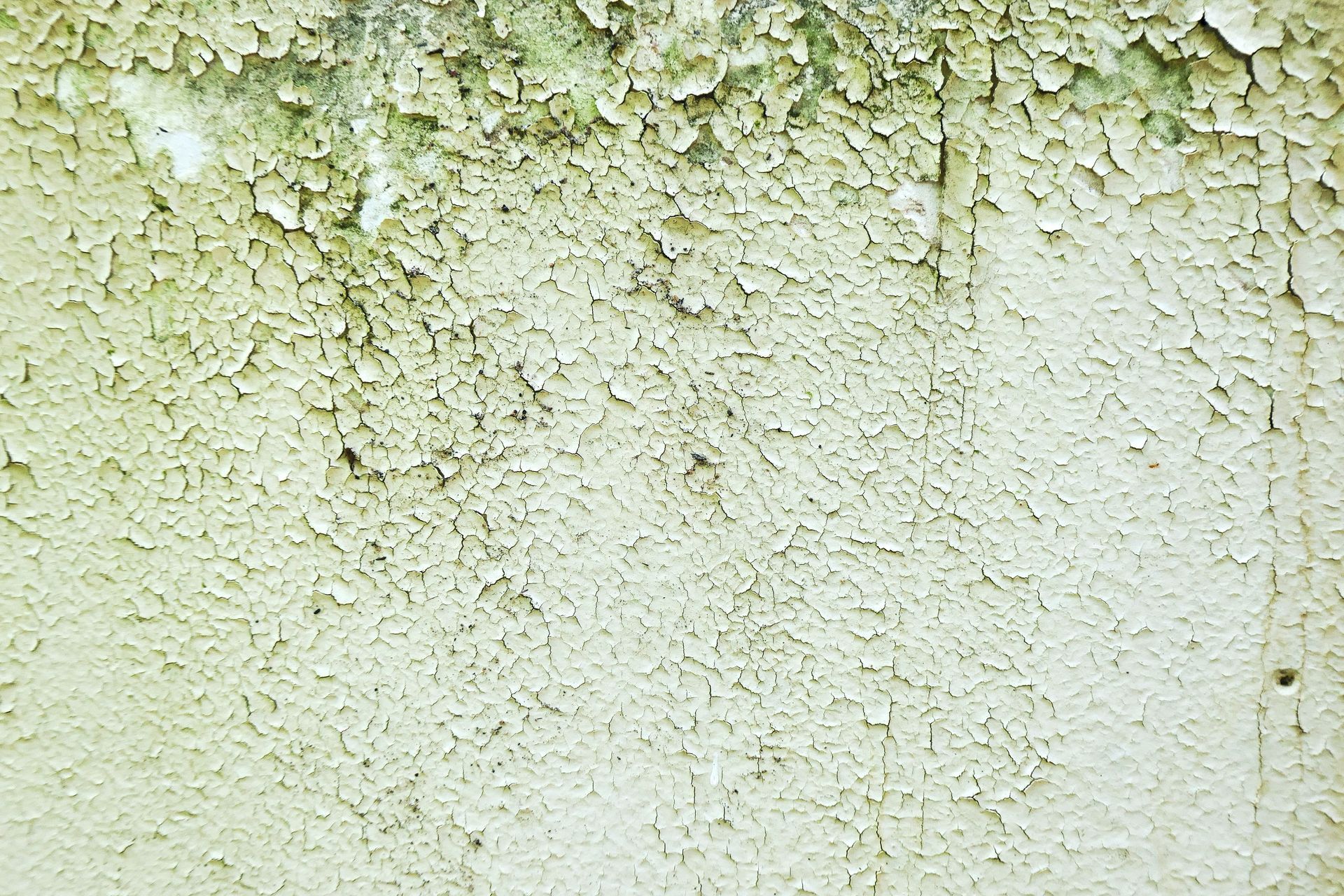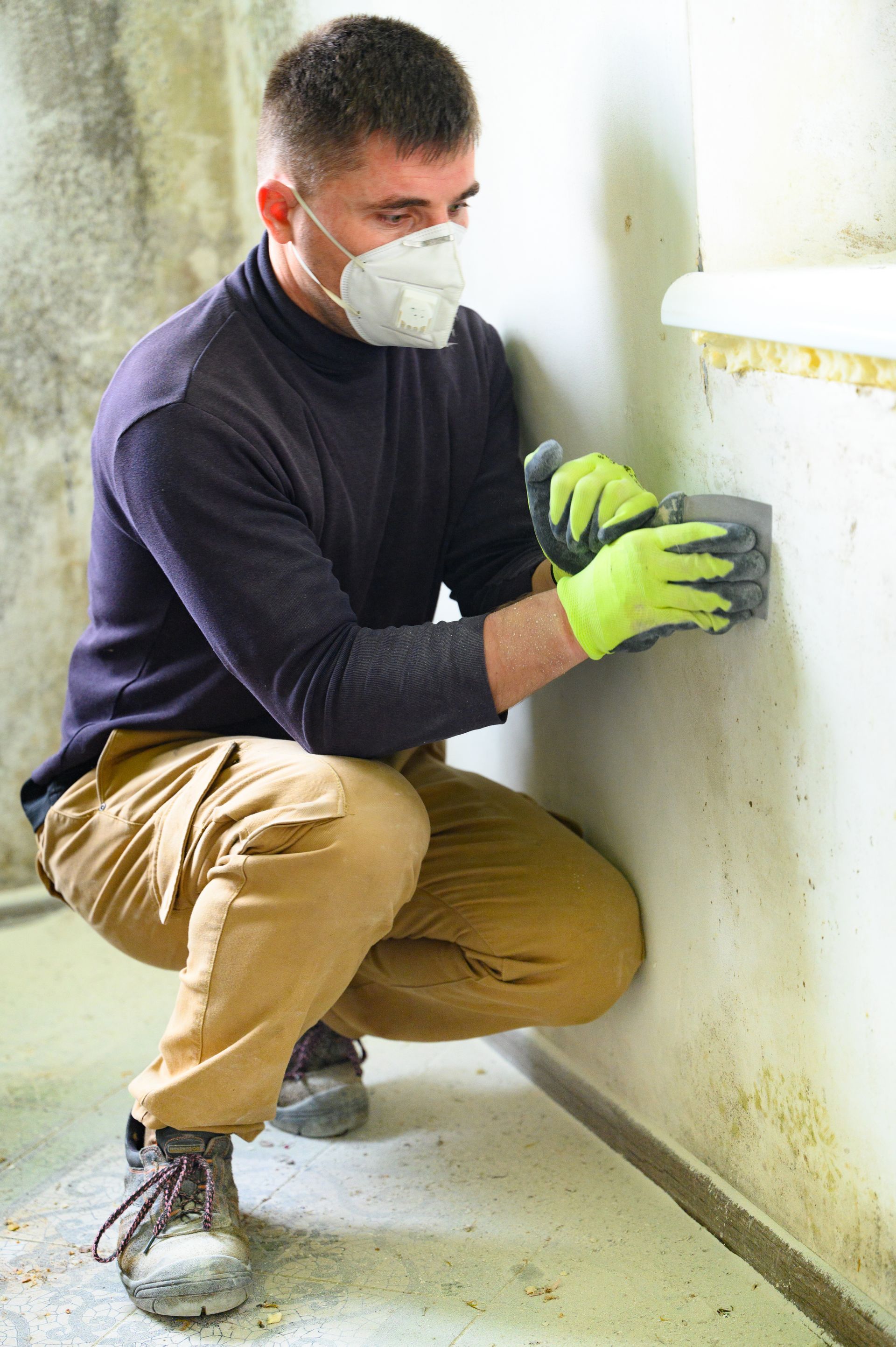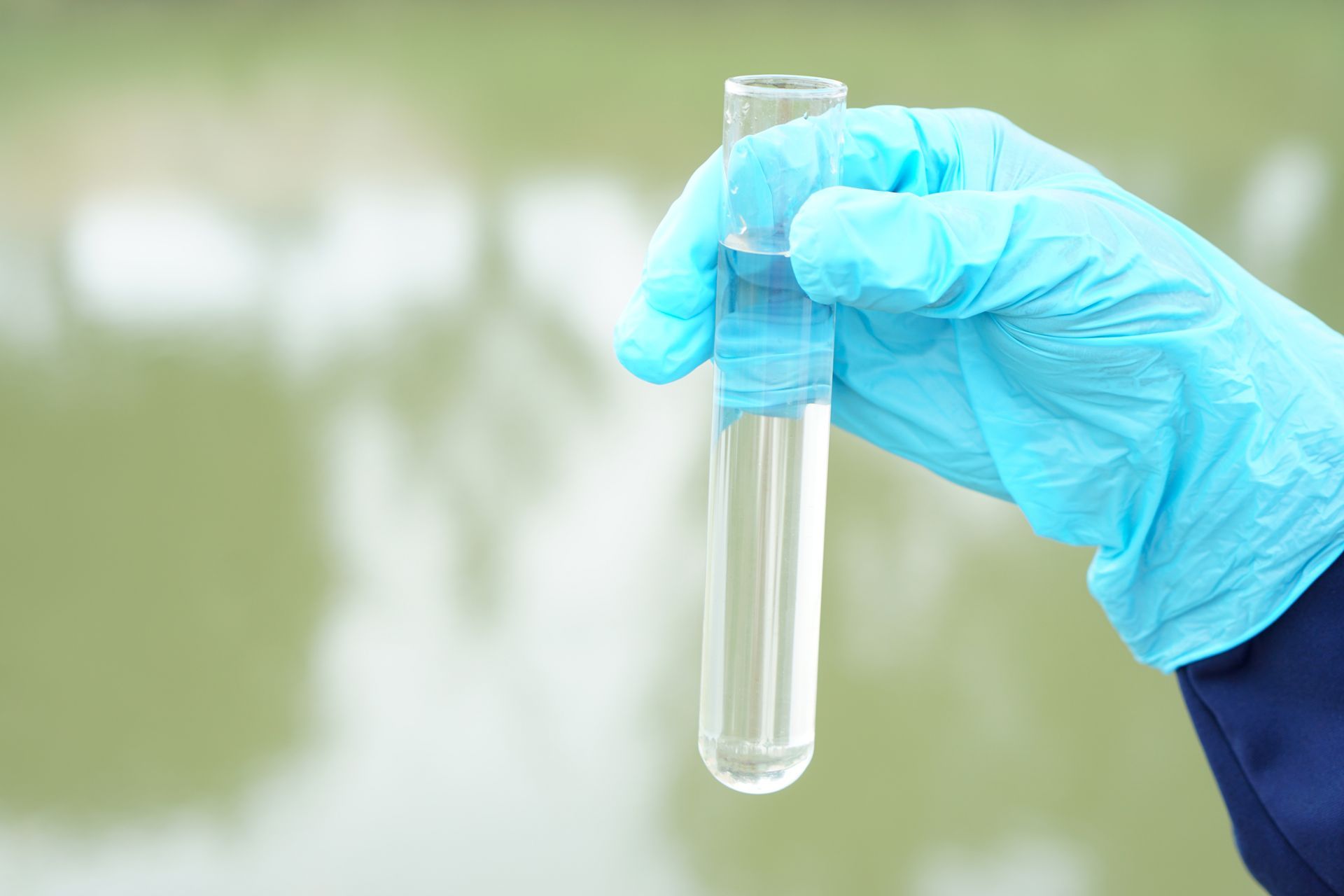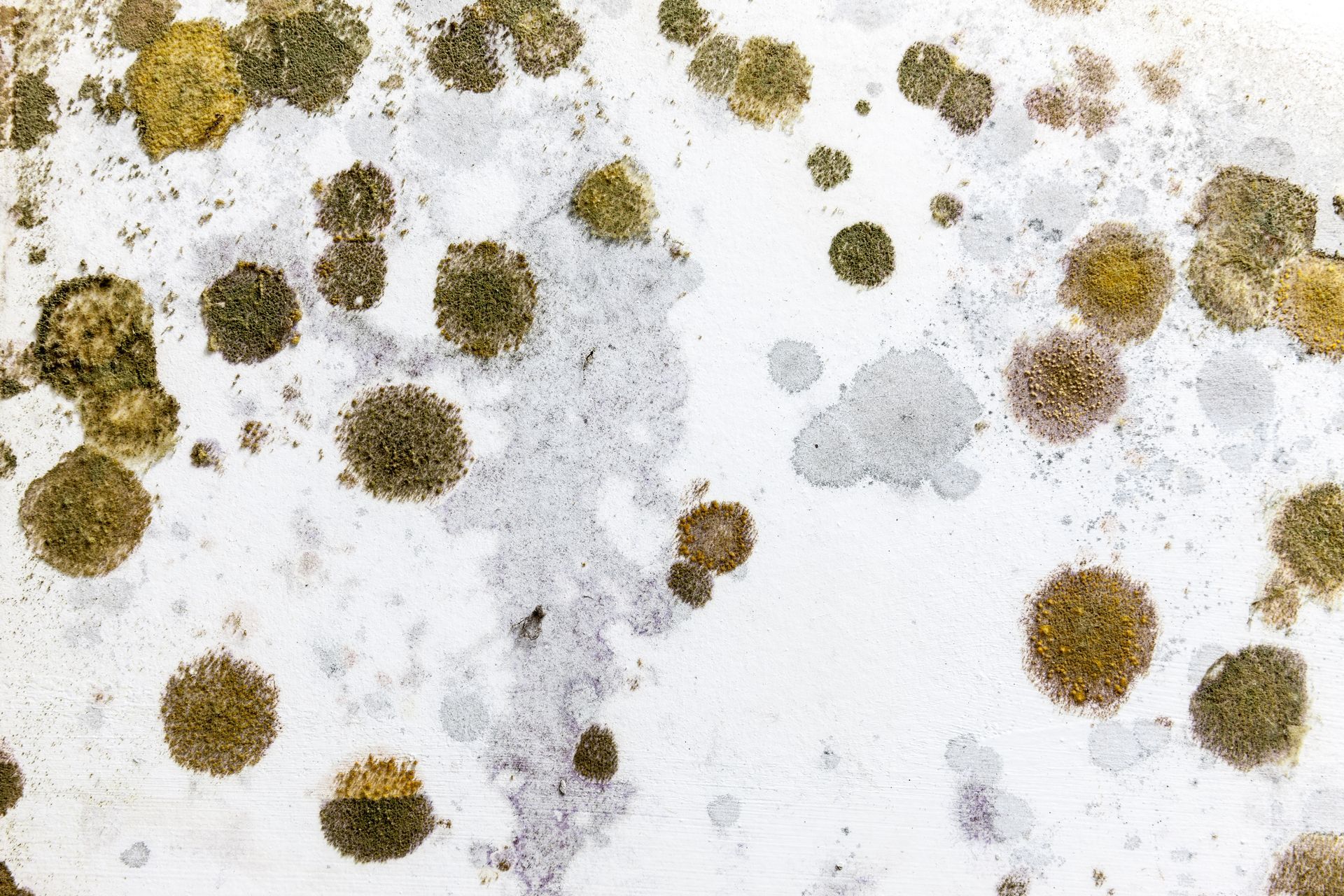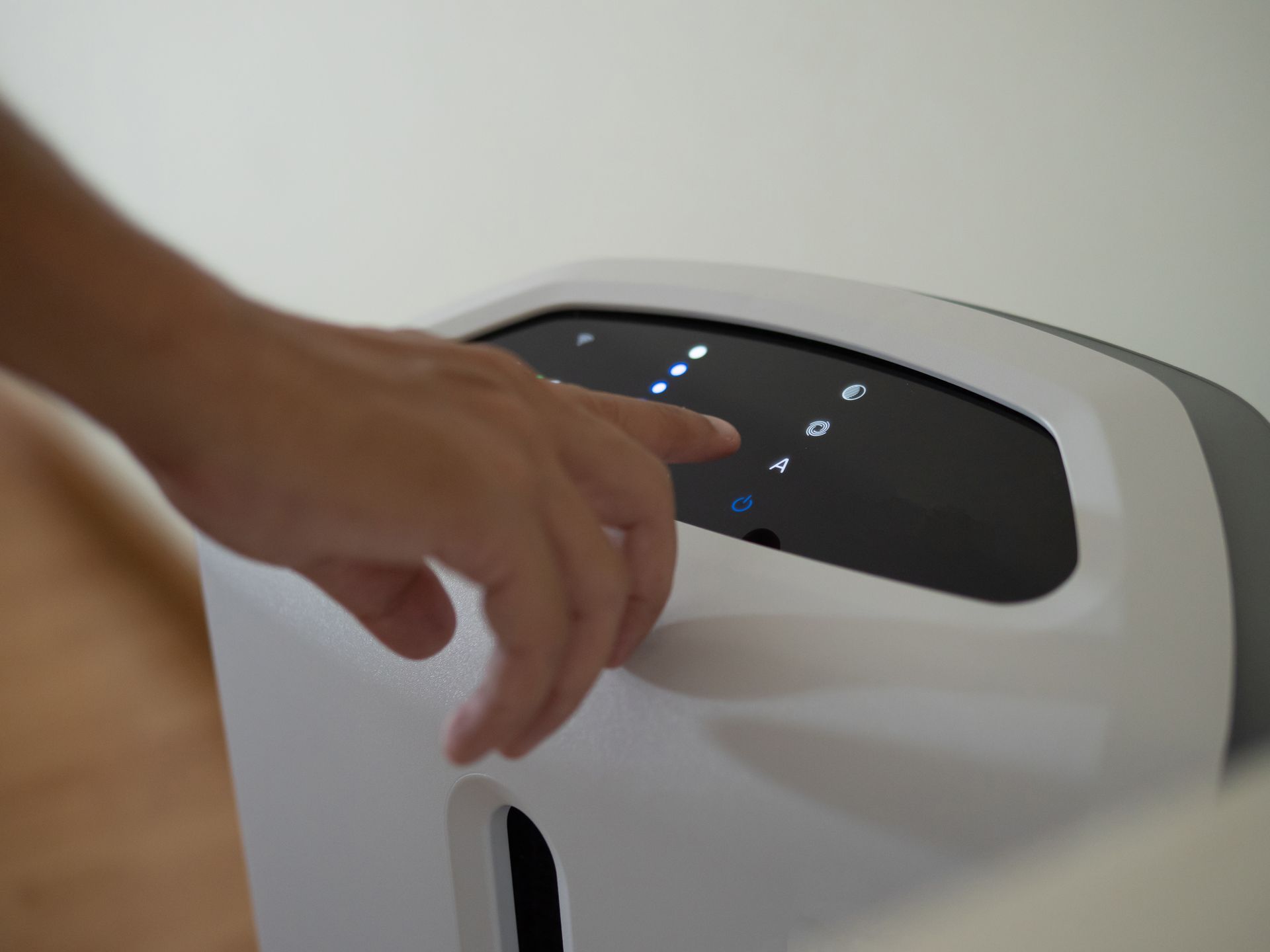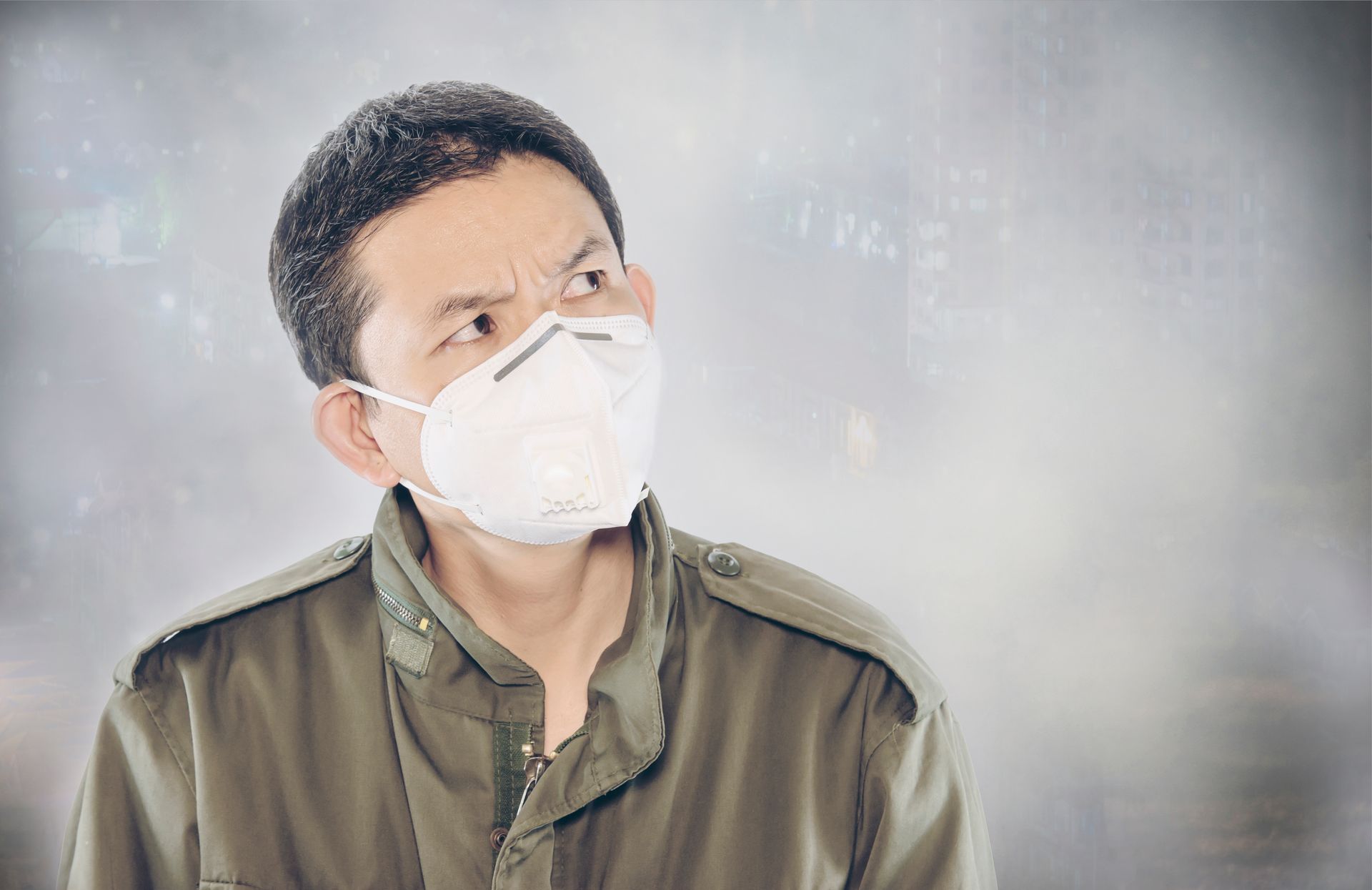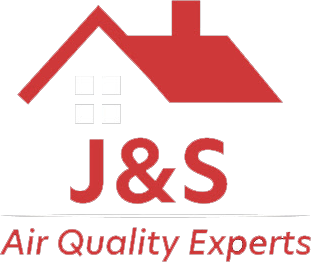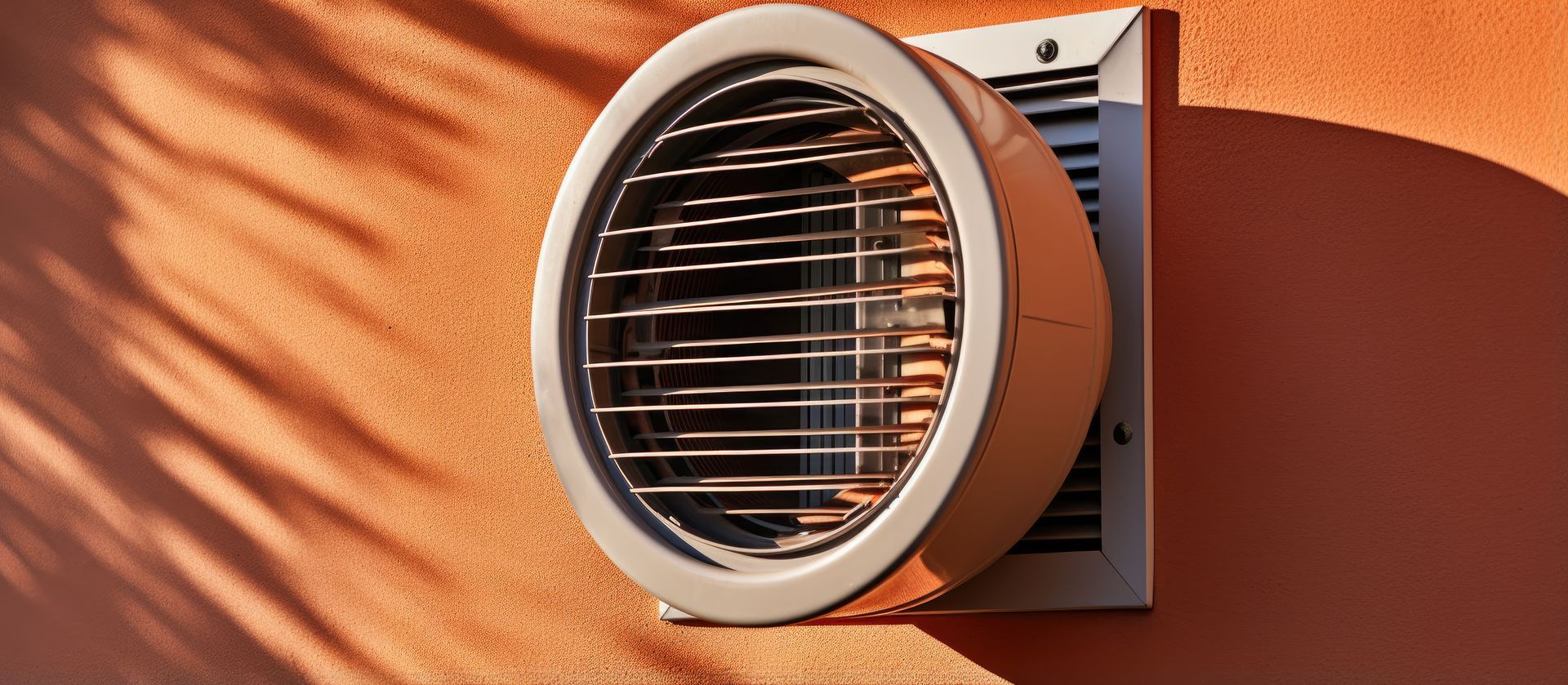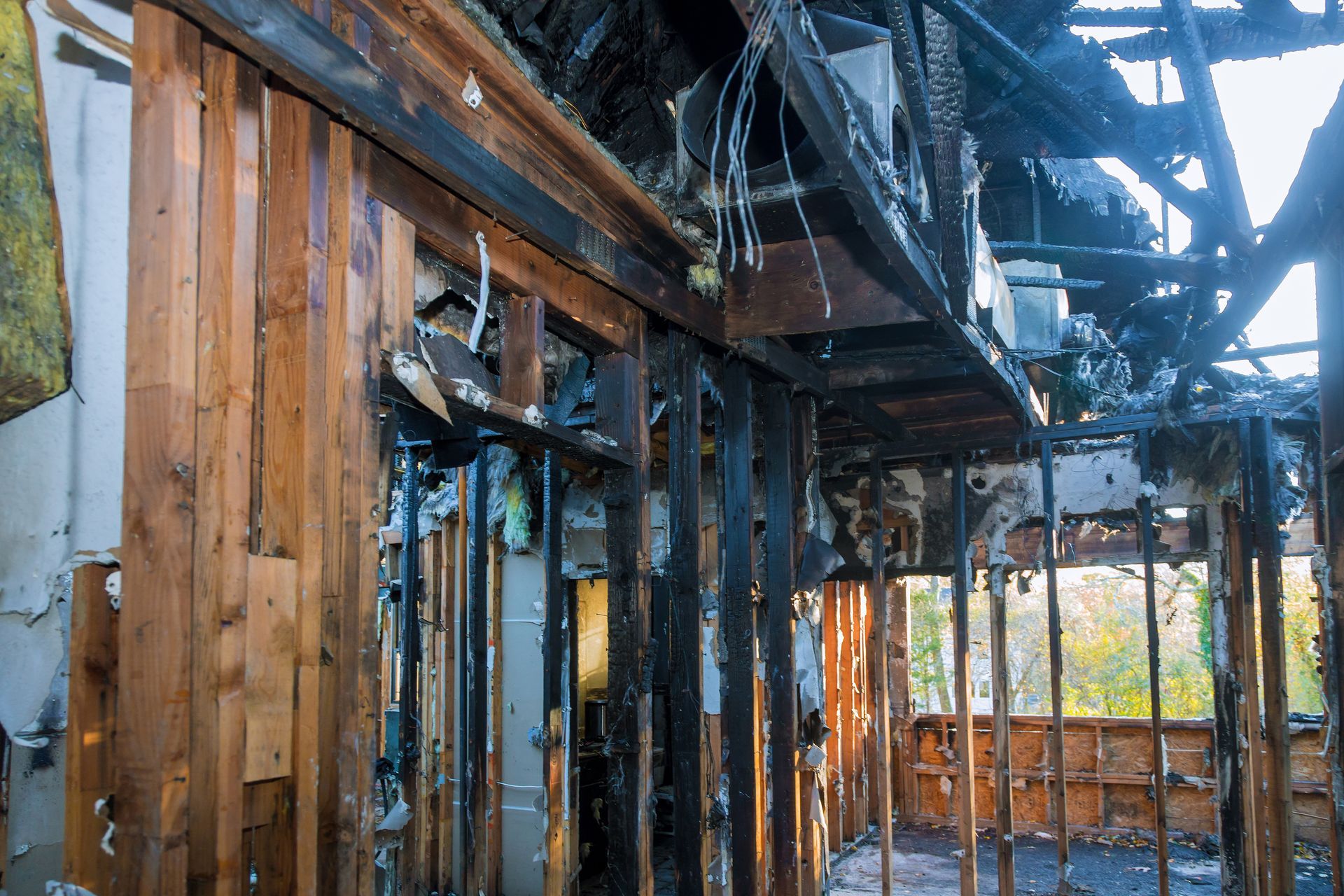J&S Air Quality Experts
Can I Test for Fire and Smoke Damage Myself, or Should I Hire a Professional?
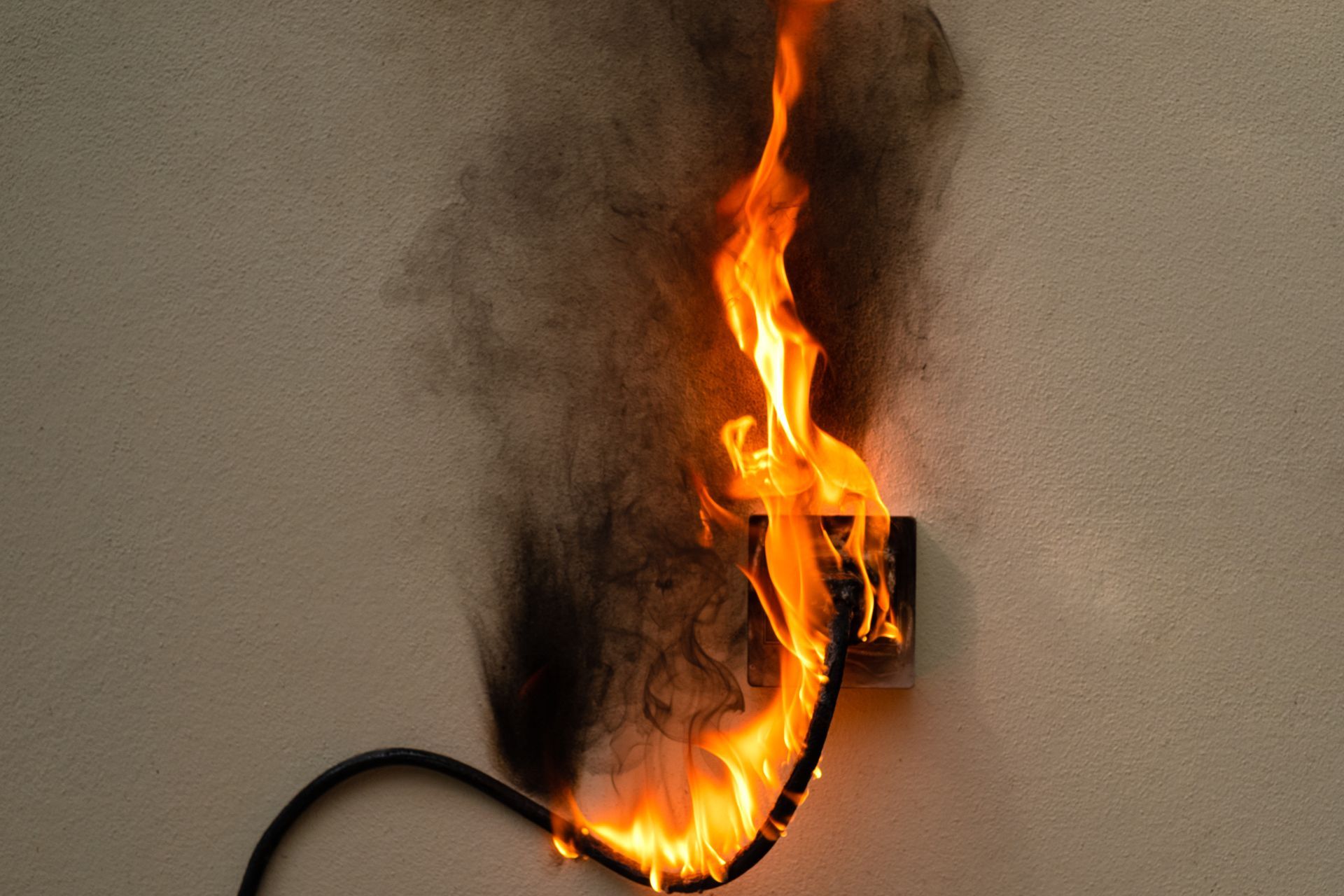
Slide title
Write your caption hereButton
When disaster strikes and your building experiences a fire, the aftermath can be overwhelming. While it’s tempting to think you can handle the cleanup and assessment on your own, the complexities of fire and smoke damage testing often warrant the expertise of a professional. In this blog post, we’ll explore the ins and outs of testing for fire and smoke damage, helping you determine whether DIY is the way to go or if it’s best to call in the experts.
Understanding Fire and Smoke Damage: What Are You Up Against?
Fire and smoke damage are not just about singed furniture or charred walls. Smoke can penetrate deep into materials, causing lingering odors and potential health hazards. Understanding the types of damage can help you decide whether to DIY or hire a professional.
Types of Fire Damage:
- Thermal Damage: This occurs when extreme heat from a fire warps, melts, or damages building materials.
- Chemical Damage: Smoke carries soot and other harmful chemicals that can settle in various surfaces, leading to further degradation.
- Water Damage: Ironically, the water used to extinguish a fire can cause significant damage, leading to mold and structural issues.
- Smoke Damage: The most insidious type; smoke can cling to surfaces, leaving behind stubborn odors and residues that can affect air quality.
Signs of Damage to Look For:
- Visible Charring: Look for burn marks on walls, ceilings, and furniture.
- Smoke Odor: A persistent burnt smell that lingers long after the fire has been extinguished.
- Soot Residue: Black or dark brown stains on surfaces, indicating smoke exposure.
- Water Damage: Signs of moisture or mold growth from firefighting efforts.
Understanding these types of damage can give you a clearer picture of what you might be dealing with. So, are you equipped to handle it all yourself?
DIY Testing: Can You Handle the Heat?
Testing for fire and smoke damage may seem like a straightforward task. After all, how hard can it be to sniff out a little smoke residue? But before you roll up your sleeves and don your DIY cape, let’s consider what’s involved.
The DIY Approach:
- Inspection:
- Check for visible signs of fire damage.
- Look for smoke stains or discoloration on walls and ceilings.
- Smoke Odor Assessment:
- Use your nose! Walk through the affected areas and see if you can identify lingering smoke odors.
- Note if the smell dissipates with fresh air or if it seems embedded.
- Soot Testing:
- For those who love science experiments, you can use adhesive tape to collect soot samples from various surfaces.
- However, identifying and interpreting the results may be trickier than it sounds.
- Air Quality Testing:
- While there are DIY kits available for air quality testing, accurately reading results can be complex and might require expert interpretation.
Pros and Cons of DIY Testing:
Pros:
- Cost-Effective: You save on the cost of hiring professionals.
- Personal Satisfaction: There’s a certain pride in tackling problems head-on.
Cons:
- Limited Expertise: You may miss critical signs of damage.
- Inaccurate Results: Misinterpretation of soot and air quality can lead to dangerous oversights.
- Time-Consuming: What could take a professional a few hours might take you days (if not longer).
So, before you embark on a DIY adventure, ask yourself: do you really want to play amateur detective, or would you rather leave it to the pros?
The Professional Approach: Why Hiring an Expert Is Worth It
When it comes to fire and smoke damage testing, professionals bring expertise that DIY efforts can rarely match. Here’s a breakdown of why hiring an expert can save you time, money, and headaches in the long run.
Benefits of Hiring Professionals:
- Expert Knowledge:
- Professionals are trained to recognize signs of damage that may be invisible to the untrained eye.
- They understand the nuances of fire and smoke damage and can differentiate between different types of residues.
- Advanced Equipment:
- Professionals use specialized tools and techniques to assess damage accurately.
- They can perform comprehensive air quality tests that provide detailed insights into your indoor environment.
- Thorough Testing:
- A professional will conduct a detailed inspection of your property, including hidden areas that may have been affected.
- They will test for lingering smoke particles, harmful chemicals, and air quality issues that may pose health risks.
- Comprehensive Reporting:
- After testing, professionals provide a detailed report of their findings, helping you understand the scope of the damage and necessary remediation steps.
- Peace of Mind:
- Knowing that trained professionals are handling the situation can alleviate stress and anxiety during a challenging time.
The Cost Factor:
Yes, hiring professionals comes with a price tag. However, consider the potential costs of DIY errors—missed damage can lead to larger problems down the line, such as mold growth or structural issues. In many cases, investing in professional services can save you money in the long run.
Real-Life Example:
Imagine a homeowner who decides to tackle smoke damage testing on their own. After a thorough inspection, they find what seems like minimal damage. However, a year later, they discover mold lurking behind the walls because they missed a small area affected by smoke and moisture. A $200 DIY effort turns into a $5,000 mold remediation job. Ouch!
When to Call in the Experts: Red Flags to Watch For
While it might be tempting to go the DIY route, some situations clearly signal that it's time to call in the pros. Here are a few red flags to watch out for:
Red Flags:
- Significant Damage: If there’s extensive damage visible, don’t hesitate to call a professional.
- Health Concerns: If you or anyone in your household has respiratory issues, it's best to get expert help.
- Persistent Odors: If smoke smells linger despite your best efforts, it’s time to get a professional opinion.
- Uncertain Results: If you’ve done some DIY testing but feel uncertain about your findings, trust your gut and reach out for help.
A Few Jokes to Lighten the Mood:
- Why did the scarecrow win an award? Because he was outstanding in his field! (If only we could all be so outstanding in our fire damage assessments.)
- What did the fire say to the smoke? “You crack me up!” (But seriously, don’t let smoke hang around too long—call a professional!)
Final Thoughts: DIY or Professional Testing—What’s Your Call?
So, can you test for fire and smoke damage yourself? Sure, but you might end up with more questions than answers. Unless you’re ready to don your detective hat and navigate the complexities of fire damage like a pro, it’s probably best to call in the experts.
At J&S Air Quality Experts, we specialize in
post-fire and smoke damage testing to ensure your property is safe and sound. Our trained professionals are equipped with the knowledge and tools needed to provide thorough assessments and peace of mind.
Ready to Get Started? Hire Professional Post-Fire and Smoke Testing Services in Palm Bay, FL!
If you’re in Palm Bay, FL, or the surrounding areas, don’t hesitate to contact our team at J&S Air Quality Experts at (321) 557-3163. We offer a wide range of services, including mold testing, water testing, and air quality testing, ensuring your property is clean, safe, and healthy for you and your loved ones.
Let us handle the heavy lifting so you can focus on what truly matters—getting your life back on track. Reach out today for a consultation, and let’s make sure your home is as safe as it can be!
FAQs
What should I do immediately after a fire?
After ensuring everyone is safe, contact your insurance company and then consider hiring professionals for a thorough inspection and testing.
Can I stay in my home after a fire?
It depends on the extent of the damage. Professionals can assess the safety of your living conditions.
How long does it take to test for fire and smoke damage?
Testing can take a few hours, while results may take a couple of days depending on the extent of the damage and tests performed.
Is smoke damage always visible?
No, smoke can infiltrate areas that are not immediately visible, which is why professional testing is important.
How can I prevent smoke damage in the future?
Installing smoke detectors, maintaining your fire safety equipment, and practicing fire drills can help reduce the risk of future damage.
